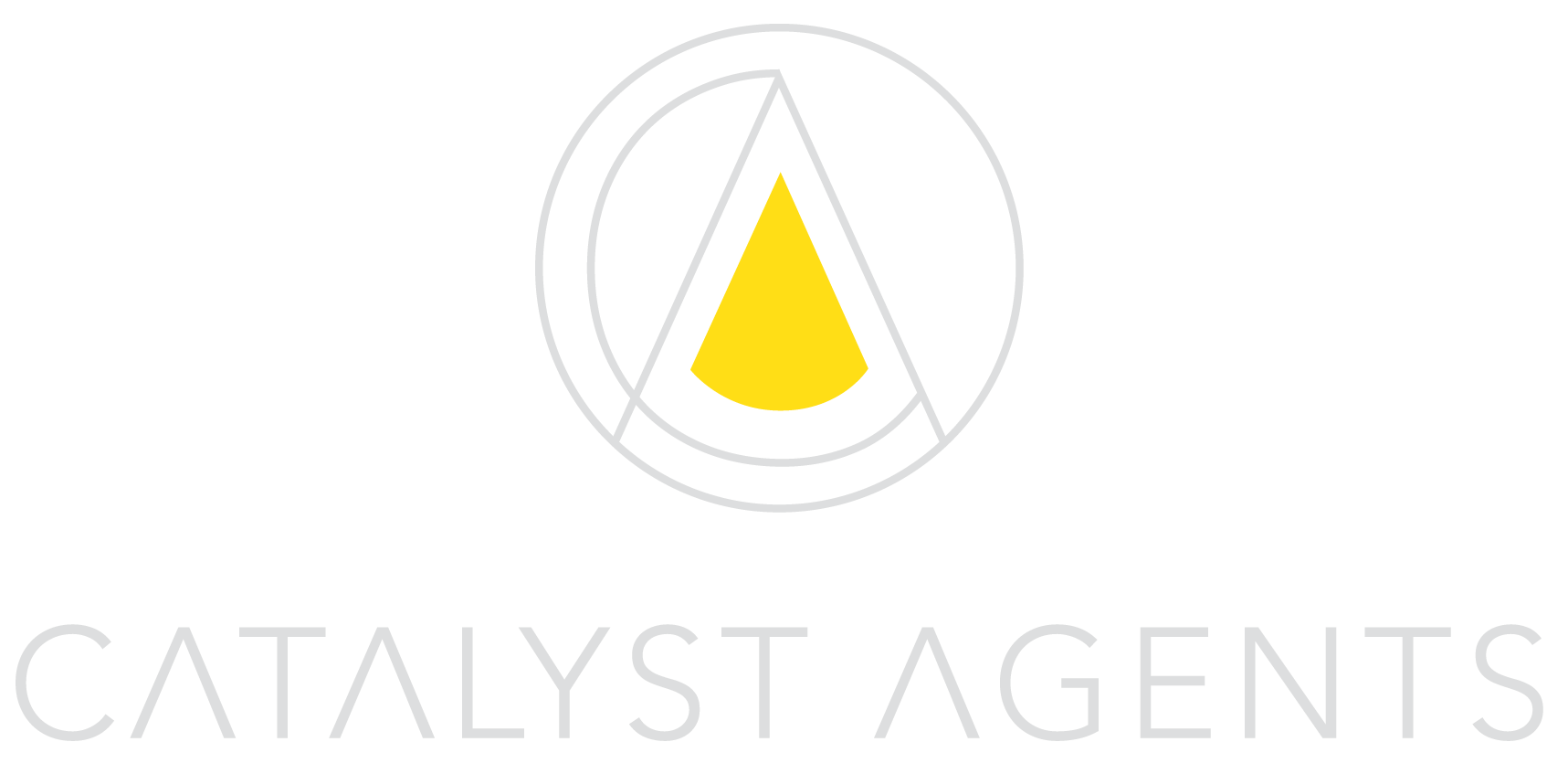Strategy: The Freemium Business Model
When you are launching a new product whether you are a new company or large corporate, it's important to consider which business model you will go to market with. It determines your moves down the road, whether you can increase or decrease prices and how that does to your brand.
Today we will go through the Freemium Business Model, explain what it is and provide examples to show how it is applied in business.
A Freemium business model consists of two components: FREE + PREMIUM. This means that usually in the beginning it will be free for you to try out the product in its most basic form. If you decide you like the product you will have to pay for the 'premium' version of the product.
You may question WHY in the world you would want to give away your product for free, but at the very beginning when no one knows the product and how it performs, if you stood in the shoes of your prospective customers, it's normal for them to have reservations about the purchase.
The Freemium model alleviates those concerns and reservations, because now it's FREE to try!
Many apps are free to try nowadays, requiring payment to unlock premium features.
There are several examples of how the Freemium model is applied to brands, products, services around you. For example:
Free Consultation. Quite a few service-based businesses use this model, the rationale is that the more time a customer spends with you, the more vested they become in the potential deal/purchase, making it harder for them to walk away. So for all those ads asking you to call them for a free 1-hour consultation, these services are hoping to get a conversation started with you in hopes of converting you into a paying customer.
Free Download. This method is used commonly for phone apps and books. How many times have you downloaded an app to try it out, and then when you want to remove a watermark or to use a new feature, they are 'locked' unless you subscribe to a premium package or purchase the additional features? Free e-book excerpts are also readily available online, with authors hoping that the readers would find their books to be such page-turners they would head over to Amazon to purchase the full version.
Free Trial. Online SaaS companies often use this model to get users to sign up with a free 30-day trial to experience the benefits. Past the 30-day mark they would have to purchase either a monthly or annual subscription. If you think about it, the goal is to get you to invest the effort to get set up on their platform, so when your trial is almost over you would feel that you already invested so much time to get set up you might as well purchase a monthly subscription.
Want a free appetizer? Sure. Stay for dinner and spend more!
The goal of using the Freemium model is to get your prospective customer 'hungry' for your product, so the minimum viable version you give them access to must be a good enough 'hook' to keep them wanting more. Also, make sure that nearing the end of the free trial you issue several call-to-action messages to your prospect to convert them to a paying customer.
To see our Cultural Marketer video on this topic, visit here.
Want to learn more about Chinese Digital Marketing? Visit our Cultural Marketer YouTube Channel here.



